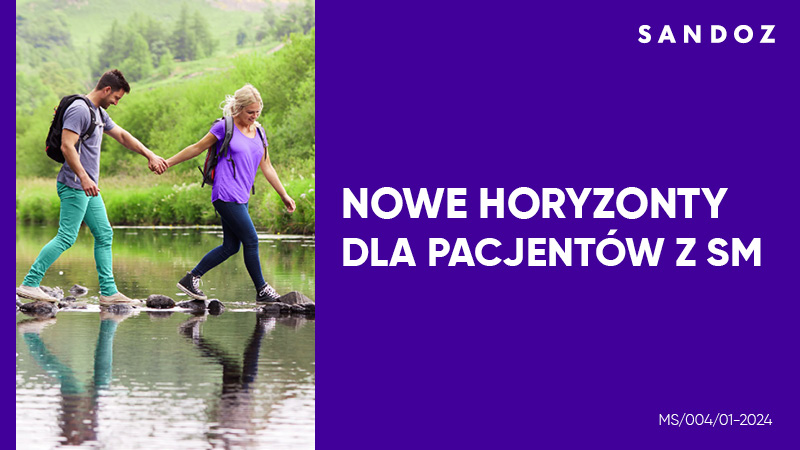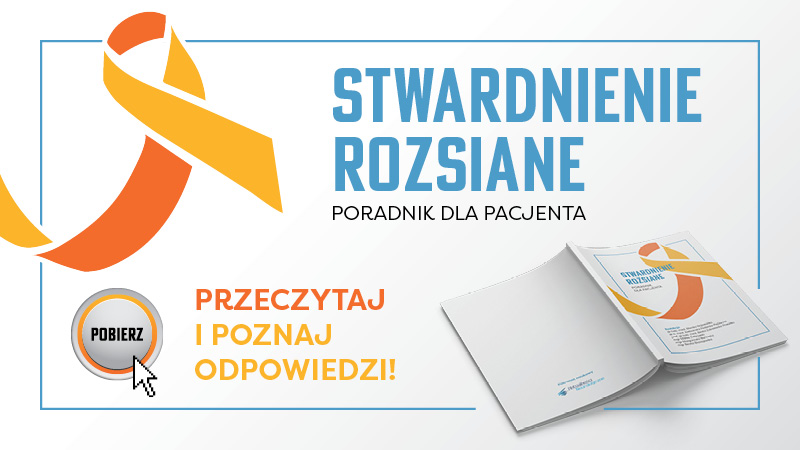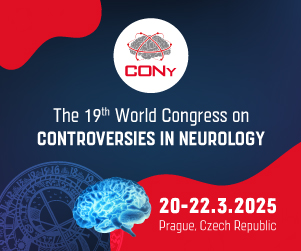Assessment of the degree of disability of the Polish NBIA-MPAN population based on a patient survey
Marta Skowrońska1, Iwona Kurkowska-Jastrzębska1, Agnieszka Cudna1, Agnieszka Antos1, Marcel Rydzewski1, Justyna Janikiewicz2, Aneta M. Dobosz2, Agata Wydrych2, Magdalena Lebiedzińska-Arciszewska2, Barbara Pakuła2, Patrycja Jakubek2, Mariola Popielarz4, Agnieszka Dobrzyń2, Maciej Cwyl3,4, Mariusz R. Więckowski2
 Affiliation and address for correspondence
Affiliation and address for correspondenceNeurodegeneration with brain iron accumulation (NBIA) describes a group of extremely rare hereditary disorders with an estimated prevalence of 1–3/1,000,000. Mitochondrial membrane protein associated neurodegeneration (MPAN) is the third most common form of NBIA, accounting for 10% of NBIA cases globally and up to 50% of cases in Poland. This survey was conducted by the Association NBIA Poland to collect data on the functioning of patients with NBIA/MPAN based on selfreported EQ-5D-5L (EuroQoL 5-Dimension 5-Level) scores. A total of 50 patients living in Poland, including 26 patients with NBIA/MPAN, participated in the study. The mean age of NBIA/MPAN patients was 22 years; the mean age at symptom onset is 10 years. At the time of the survey, most patients were disabled and required assistance with daily activities. More than 50% of participants needed help with hygiene or dressing, and 40% were unable to walk on their own. Nearly 50% of patients declared symptoms indicating lowered mood. The survey showed that NBIA/MPAN leads to significant disability within a short period of time after symptom onset. Intensive work is underway to discover the role of the C19orf12 protein and develop therapeutic strategies. Actions are necessary to improve the comfort of everyday life of patients with NBIA/MPAN and to improve access to rehabilitation, including home-based programmes.







